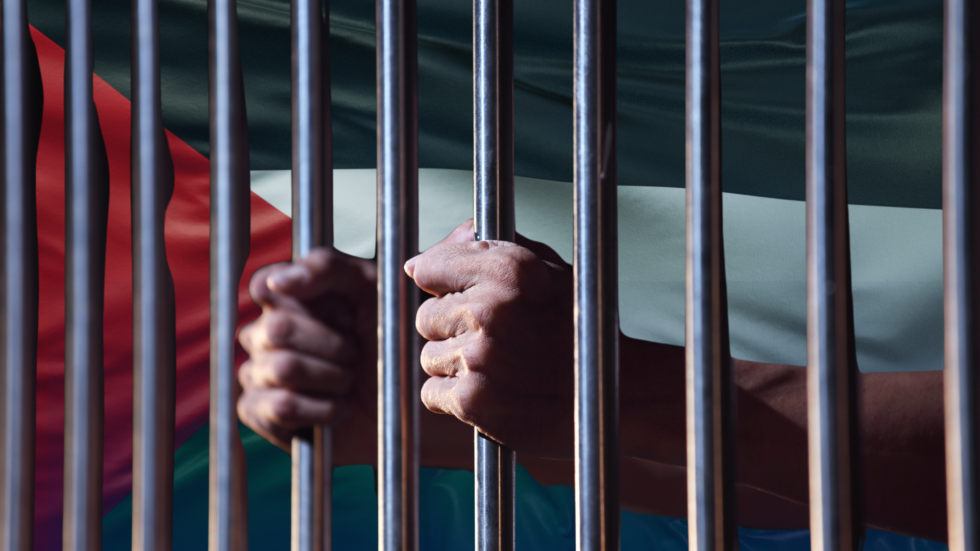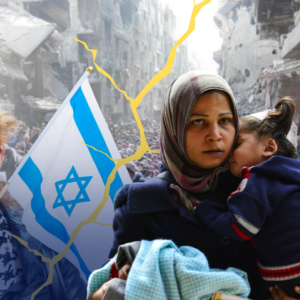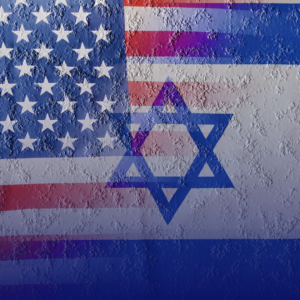Why Palestinian Prisoners Are Integral to Winning this War

The historic Al-Aqsa Storm Operation shook the foundations of the Zionist entity, dealing a humiliating blow to the occupation’s intelligence unit. In an unprecedented achievement, the Palestinian resistance successfully captured roughly 240 Israeli hostages on the morning of October 7, announcing shortly afterwards its intention to use the captives to secure the release of the thousands of Palestinian prisoners illegally held in Israeli jails.
In his speech on the first day of Al-Aqsa Storm Operation, Ismail Haniyeh, the head of the Ha-mas Political Bureau, stated that the current Israeli regime and all Israeli officials have “turned their backs on any call for indirect negotiations for a prisoner exchange to free our [political] prisoners.” Haniyeh declared that one of the Palestinian resistance’s objectives behind the October 7 operation was the liberation of all the Palestinian prisoners held in Zionist prisons.
The Zionist regime, however, responded by launching one of its deadliest military offensives against the Gaza Strip in an attempt to release the hostages, instead of pursuing an all-for-all prisoner exchange deal the Palestinian resistance had initially proposed. The besieged enclave was the target of relentless, genocidal Israeli bombardment for nearly seven weeks until a truce agreement was reached.
During a seven-day period of temporary ceasefire that began on November 24, the Palestinian resistance released 105 civilian hostages in exchange for 240 Palestinian prisoners, most of them young and never convicted of any crime. In fact, a vast majority of the Palestinians released were minors under the age of 18. The youngest Palestinian prisoner freed during the prisoner swap deal was only fourteen years old. The oldest was a 64-year old Palestinian woman.
The temporary ceasefire ended a week later, and the Zionist regime’s devastating onslaught against the Palestinians resumed with greater intensity than before, killing hundreds in just two days following the end of truce. The two sides had been unsuccessful in reaching another prisoner swap deal, as the Zionist regime demanded the Palestinian resistance release all the female soldiers in its custody. The Palestinian resistance refused to release military hostages unless the Zionist regime freed all the Palestinians in its prisons.
Following the impasse, Ha-mas leader Saleh al-Arouri told Al-Jazeera that the truce and prisoner exchange negotiations were off until “the end of hostilities” and the “decision to empty the prisons is final and irreversible,” pointing to the fact that the Palestinian resistance will not succumb to anything less than the release of all the Palestinians held in Israeli jails.
The liberation of Palestinian prisoners, therefore, remains central in determining the course of the current war on Occupied Palestine. The objective of the Palestinian resistance is clear: the release of every Palestinian in the occupation’s custody. On the other hand, the goal of the Zionist entity is to destroy the Palestinian resistance, a goal it is far from achieving in the light of the recent events that have unfolded over the past several weeks.
Despite the fact that the Zionist regime is currently unleashing unprecedented forms of violence and destruction against the Palestinian nation, the Palestinians have refused to submit, despite over 18,000 Palestinians killed and over 42,000 injured.
According to the Addameer Prisoner Support and Human Rights Association, there were 5,200 Palestinians in the Israeli regime’s prisons before the launch of the historic Al-Aqsa Storm Operation. After October 7, this figure doubled to more than 10,000, including laborers from Gaza who were later released. Currently, there are roughly 7,000 Palestinians in Israeli custody, including 200 child prisoners and 62 female prisoners.
Over 2,000 of these prisoners are held under a notorious Israeli practice called administrative detention. Administrative detainees, which include women and children, can be incarcerated by the Israeli occupation forces for an indefinite period of time without charges or fair trial. Since 1967, roughly one million Palestinians have been arrested by Israel, the majority of them were detained under this administrative detention practice.
Nightly raids and illegal arrests are a regular criminal practice carried out by Israeli occupation forces against the Palestinians. According to Amany Sarahneh, spokesperson for the Palestinian Prisoners Society, “As long as there is occupation, the arrests will not stop. People must understand this because this is a central policy of occupation against Palestinians and to restrict any kind of resistance.” In fact, Israel arrested almost the same number of Palestinians it released over the first few days of the truce in the occupied West Bank.
The plight of Palestinians does not end at indiscriminate arrest campaigns at the hands of the occupation. Prisoners held in Israeli jails are subject to various forms of brutal torture that do not even spare children. They are denied access to necessary medical care and placed in overcrowded prisons which do not meet international standards. Family and lawyer visits are restricted. Food and sleep deprivation are quite common. Decades of degrading policies and torture have caused Palestinian prisoners to launch massive hunger strikes to demand better prison conditions.
The Israeli mistreatment of Palestinian prisoners reached new levels of barbarism following October 7, leading to the deaths of six Palestinians in Israeli custody. Released prisoners have reported severe torture and beatings at the hands of Israeli officers in prison, with one freed prisoner describing the prison as a “graveyard.” A complete communications blackout was imposed in prisons by the Israeli Prison Service to prevent detainees from access to the outside world. Prisoners were denied medical treatment and threatened with rearrests before being released by Israeli officers.
With thousands of Palestinians in the Zionist Regime’s prisons, and keeping in context the Zionist regime’s pertinacious resistance to release Palestinian prisoners through talks and diplomatic means, the Palestinian resistance saw no other option but to capture Israeli hostages and to use them as bargaining chips for the liberation of Palestinians in Israeli jails.
During the history of the Israeli occupation, prisoner swap deals have proven to be the only effective way to secure the release of Palestinians illegally detained by the Zionist regime. In 2006, the Palestinian resistance captured Gilad Shalit, a tank gunner from the Israeli occupation forces. After five years, on October 18, 2011, Shalit was released in exchange for 1,027 Palestinian prisoners held in the Zionist regime’s prisons.
The current right-wing, extremist Zionist government led by Netanyahu has decided upon a military approach to release the hostages, a move that is receiving widespread condemnations as the world calls for an immediate ceasefire. It seems that the Zionist entity is still in a state of disbelief regarding the capabilities of the Palestinian resistance, despite the decades of systematic repressive policies it has practiced to weaken the resistance.
Under a historical context, the current number of Israeli hostages the resistance holds is more than enough to liberate all the Palestinians. However, any such deal means a decisive victory for the Palestinians and a major defeat for the occupation entity.
The matter of Palestinian Prisoners in this war is so critical that the Israeli minister of Heritage Amichai Eliyahu recently called for their execution in order to prevent their release in any future negotiations with the Palestinian Resistance.
If you value our journalism…
TMJ News is committed to remaining an independent, reader-funded news platform. A small donation from our valuable readers like you keeps us running so that we can keep our reporting open to all! We’ve launched a fundraising campaign to raise the $10,000 we need to meet our publishing costs this year, and it’d mean the world to us if you’d make a monthly or one-time donation to help. If you value what we publish and agree that our world needs alternative voices like ours in the media, please give what you can today.









